Your cart is currently empty!
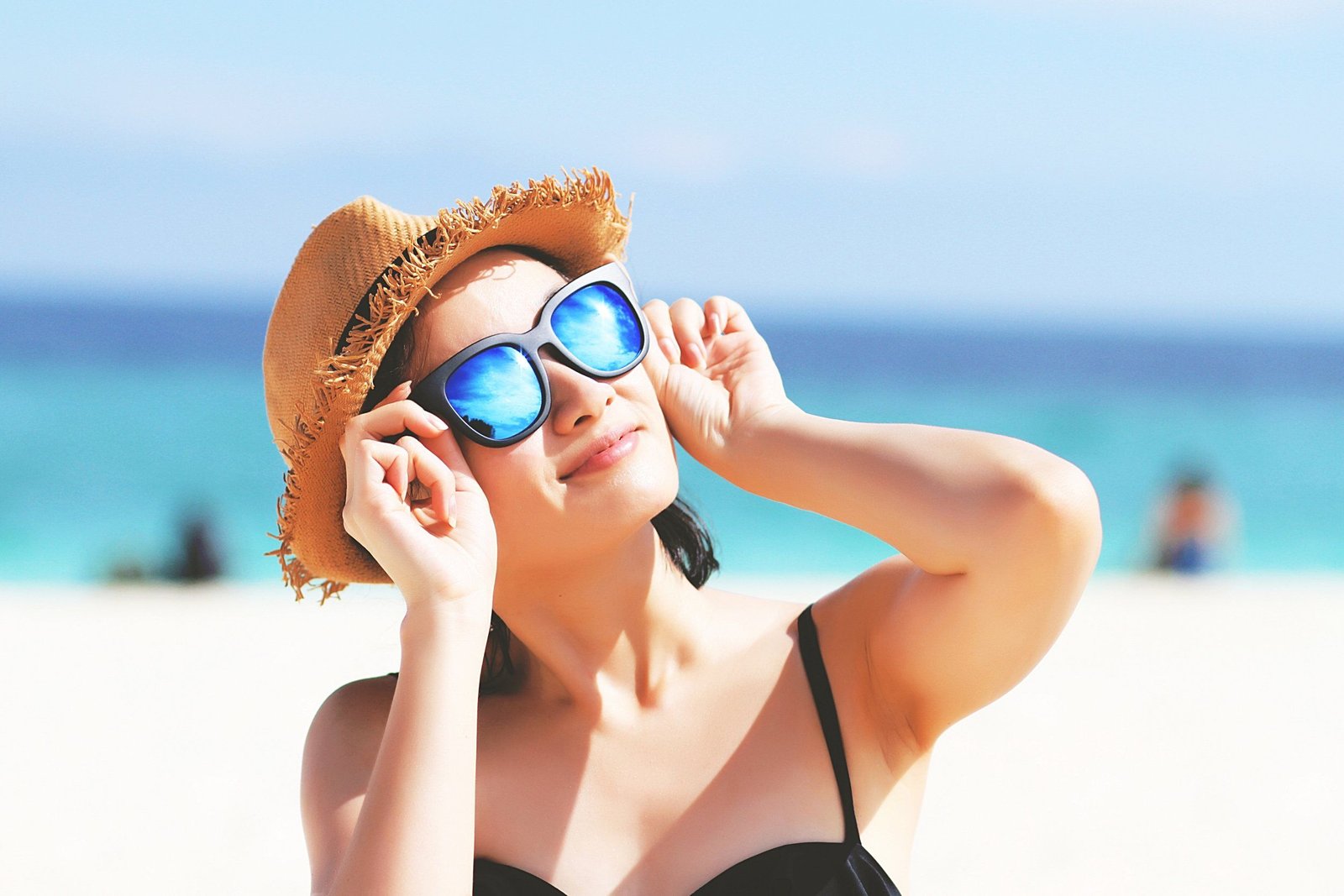
Shield Your Skin: 10 Essential Sun Protection Tips to Prevent Skin Cancer

Table of Contents
Welcome to Shield Your Skin, your go-to resource for safeguarding your skin against the harmful effects of the sun. As the temperatures rise and outdoor activities beckon, it’s crucial to prioritize sun protection to prevent skin-cancer. In this comprehensive guide, we’ll explore ten essential tips to help you enjoy the sunshine safely while reducing the risk of skin cancer. Let’s dive in!
As the warm rays of the sun beckon us outdoors, it’s crucial to remember the importance of protecting our skin from harmful UV radiation. Skin cancer is the most common form of cancer globally, with over 5 million cases diagnosed each year in the United States alone. Fortunately, many cases of skin cancer can be prevented by practicing sun safety and adopting effective sun protection measures. In this comprehensive guide, we’ll explore ten essential tips to shield your skin from the sun’s harmful rays and reduce your risk of skin cancer.
Understanding Sun Protection and Skin Cancer
Before diving into sun protection tips, let’s briefly discuss the link between sun exposure and skin cancer:
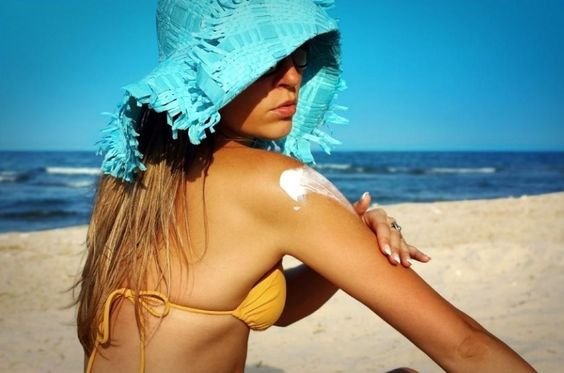
Ultraviolet (UV) Radiation
Ultraviolet (UV) radiation is a form of electromagnetic radiation emitted by the sun. It consists of invisible rays with shorter wavelengths than visible light but longer than X-rays. UV radiation is classified into three types: UVA, UVB, and UVC. While UVA penetrates the skin deeply and contributes to premature aging and skin cancer, UVB primarily affects the outer layers of the skin and is the main cause of sunburn and skin cancer. Overexposure to UV radiation can lead to DNA damage in skin cells, increasing the risk of sunburn, premature aging, and skin cancer.
Skin Cancer Risk
Skin cancer risk arises from prolonged exposure to ultraviolet (UV) radiation emitted by the sun. UV rays penetrate the skin, damaging DNA in skin cells, leading to mutations that can trigger the development of skin cancer. The risk of skin cancer increases with factors such as excessive sun exposure, especially during peak hours (10 a.m. to 4 p.m.), use of tanning beds, fair skin, history of sunburns, and presence of many moles or atypical moles. Prevention involves practicing sun safety measures, including wearing sunscreen, seeking shade, wearing protective clothing, and avoiding tanning beds, to minimize UV exposure and reduce the risk of skin cancer.
Now, let’s explore ten essential sun protection tips to help you safeguard your skin and prevent skin cancer:
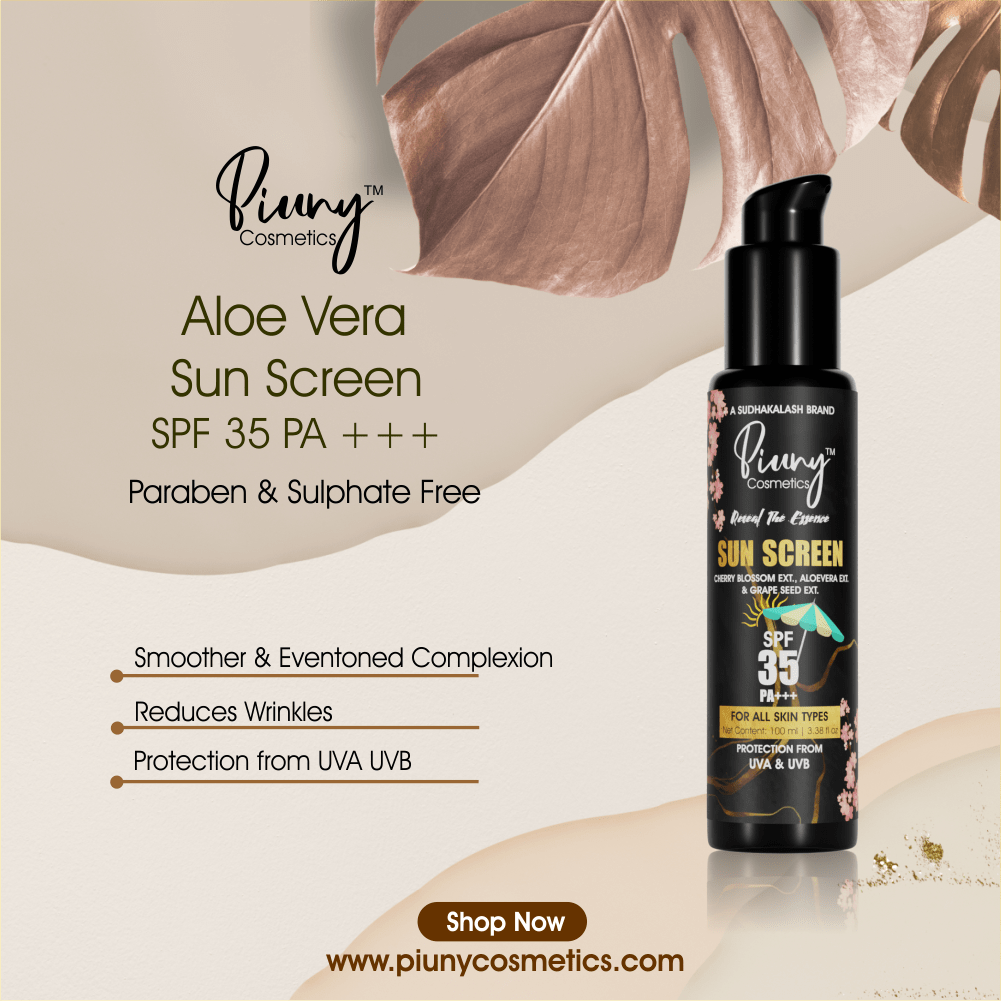
1. Wear Broad-Spectrum Sunscreen Daily
Reapplying sunscreen every two hours, or more frequently if swimming or sweating, ensures continuous protection throughout the day. Incorporating this simple yet essential habit into your daily skincare routine helps maintain the health and appearance of your skin, allowing you to enjoy the outdoors safely while minimizing the risk of sun-related skin damage and cancer.
Apply Piuny Cosmetics sunscreen daily to shield your skin from harmful UV rays. Begin by cleansing your face thoroughly. Dispense a pea-sized amount of sunscreen onto your fingertips. Gently massage it onto your face and neck in upward motions until fully absorbed. Ensure even coverage, paying extra attention to exposed areas. Allow it to dry before applying makeup or stepping out. Reapply every two hours, especially if swimming or sweating. Enjoy its lightweight formula that provides broad-spectrum protection, preventing sunburns and premature aging. Embrace healthier, radiant skin with Piuny Cosmetics sunscreen as your daily defense against sun damage.
2. Seek Shade During Peak Hours
Seeking shade during peak hours is a crucial sun safety practice to minimize exposure to harmful UV radiation. UV rays are most intense between 10 a.m. and 4 p.m., making it essential to limit outdoor activities during this time frame. Shade provides a natural barrier against direct sunlight, reducing the risk of sunburn and skin damage. Whether it’s sitting under a tree, using an umbrella, or finding sheltered areas, taking refuge in the shade offers protection from the sun’s harmful rays.
By seeking shade during peak hours, you can enjoy outdoor activities more safely and comfortably. This simple yet effective sun protection strategy helps mitigate the risk of sunburn, premature aging, and skin cancer. When spending time outdoors, especially during sunny days, remember to seek shade whenever possible to safeguard your skin and preserve its health and vitality.
3. Wear Protective Clothing
Protective clothing is an essential component of sun safety, providing an additional layer of defense against harmful UV radiation. When spending time outdoors, especially during peak sun hours, wearing protective clothing can significantly reduce the risk of sunburn, skin damage, and ultimately, skin cancer.
Opt for lightweight, long-sleeved shirts and pants made from tightly woven fabrics that offer adequate coverage while still allowing airflow to keep you cool. Wide-brimmed hats provide shade for your face, neck, and ears, minimizing sun exposure in these vulnerable areas. Additionally, consider wearing sunglasses with UV protection to shield your eyes from harmful UV rays.
Choosing clothing with built-in UPF (ultraviolet protection factor) adds an extra layer of sun protection, blocking a significant portion of UV radiation from reaching your skin. Look for garments labeled with UPF ratings to ensure maximum sun protection.
By wearing protective clothing, you can enjoy outdoor activities with greater peace of mind, knowing that you’re taking proactive steps to safeguard your skin from the sun’s harmful rays.
4. Use Sunglasses with UV Protection
Wearing sunglasses with UV protection is essential for safeguarding your eyes from the harmful effects of ultraviolet (UV) radiation. UV rays emitted by the sun can damage the delicate tissues of the eyes, leading to various eye conditions, including cataracts, macular degeneration, and even certain types of cancer. Sunglasses with UV protection are specially designed to block 100% of UVA and UVB rays, providing a barrier between your eyes and the sun’s harmful radiation. By wearing sunglasses with UV protection, you can reduce the risk of eye damage and maintain optimal eye health.
Additionally, UV-blocking sunglasses help prevent discomfort and glare, allowing for more comfortable outdoor activities. When selecting sunglasses, look for pairs labeled as “UV 400” or “100% UV protection” to ensure maximum protection for your eyes. Prioritizing sunglasses with UV protection is a simple yet effective way to care for your eyes and enjoy the outdoors safely.
5. Avoid Tanning Beds
Tanning beds, despite their allure of a sun-kissed glow, pose significant risks to skin health. These devices emit artificial UV radiation, which penetrates deep into the skin, causing DNA damage and increasing the risk of skin cancer. Frequent use of tanning beds can lead to premature aging, including wrinkles, age spots, and sagging skin. Moreover, the intense UV exposure from tanning beds can weaken the skin’s natural defenses, making it more susceptible to sunburns and skin damage.
The World Health Organization (WHO) classifies tanning beds as a Group 1 carcinogen, placing them in the same category as tobacco and asbestos in terms of cancer risk. Research has shown that individuals who use tanning beds before the age of 35 have a significantly higher risk of developing melanoma, the deadliest form of skin cancer.
To protect your skin and reduce the risk of skin cancer, it’s crucial to avoid tanning beds altogether. Instead, embrace your natural skin tone and opt for safer alternatives, such as sunless tanning products or bronzing lotions, to achieve a sun-kissed look without exposing yourself to harmful UV radiation. Your skin’s health and longevity are worth far more than a temporary tan.
6. Check the UV Index
Checking the UV index before heading outdoors is a simple yet crucial step in sun protection. The UV index is a numerical scale that indicates the intensity of ultraviolet radiation from the sun at a particular time and location. This index helps individuals understand the level of sun exposure they may encounter and plan their outdoor activities accordingly.
A low UV index (1-2) suggests minimal risk of harm from unprotected sun exposure, while a high UV index (8-10 or higher) indicates an increased risk of sunburn and skin damage. By checking the UV index regularly, individuals can make informed decisions about when to seek shade, wear protective clothing, apply sunscreen, and limit their time in the sun. This proactive approach allows for better sun safety practices, reducing the risk of sunburn, premature aging, and skin cancer. Additionally, monitoring the UV index promotes awareness of sun safety year-round, not just during the summer months, as UV radiation can still be significant on clear winter days.
7. Protect Your Lips
Protecting your lips from the sun’s harmful UV rays is just as important as shielding the rest of your skin. Lips are particularly vulnerable to sun damage due to their thin skin and lack of melanin, the pigment that provides some natural sun protection. Without proper protection, prolonged sun exposure can lead to dryness, chapping, sunburn, and even an increased risk of skin cancer on the lips.
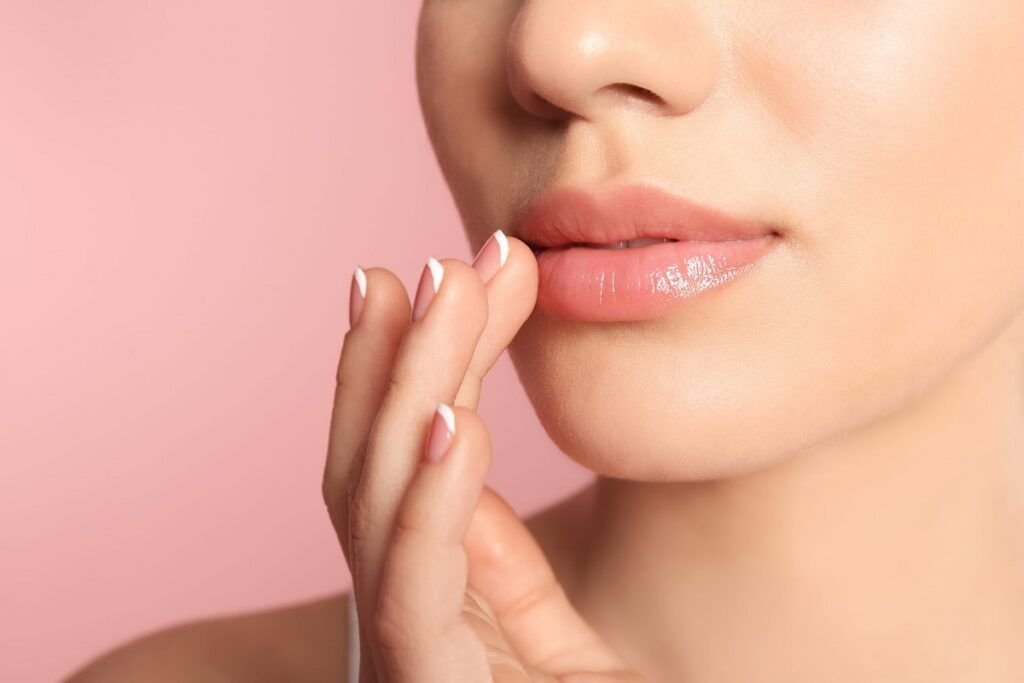
To safeguard your lips, apply a lip balm or lipstick that contains SPF (sun protection factor) of 30 or higher. Look for products specifically formulated to provide broad-spectrum protection against both UVA and UVB rays. Applying lip sunscreen before heading outdoors, and reapplying regularly, especially after eating, drinking, or swimming, helps maintain a protective barrier against sun damage. Additionally, opting for lip products enriched with moisturizing ingredients like shea butter, coconut oil, or vitamin E can help keep your lips hydrated and nourished, further reducing the risk of dryness and sun-induced damage. By prioritizing lip protection as part of your sun safety routine, you can enjoy the outdoors while keeping your lips healthy and sun-safe.
8. Perform Regular Skin Checks
Performing regular skin checks is an essential aspect of maintaining skin health and detecting potential signs of skin cancer early. By conducting self-examinations on a routine basis, individuals can become familiar with their skin’s normal appearance and identify any changes or abnormalities that may warrant further evaluation. During a skin check, it’s important to examine the entire body, including areas not typically exposed to the sun, such as the scalp, between fingers and toes, and under nails.
Look for new moles, changes in existing moles, unusual growths, or any spots that appear different from the surrounding skin. Use a mirror to inspect hard-to-see areas or enlist the help of a partner for assistance. If you notice any concerning changes, such as asymmetry, irregular borders, changes in color or size, or any other suspicious features, consult a dermatologist promptly for evaluation and possible biopsy. Early detection and prompt treatment of skin cancer can significantly improve outcomes and reduce the risk of complications.
9. Stay Hydrated
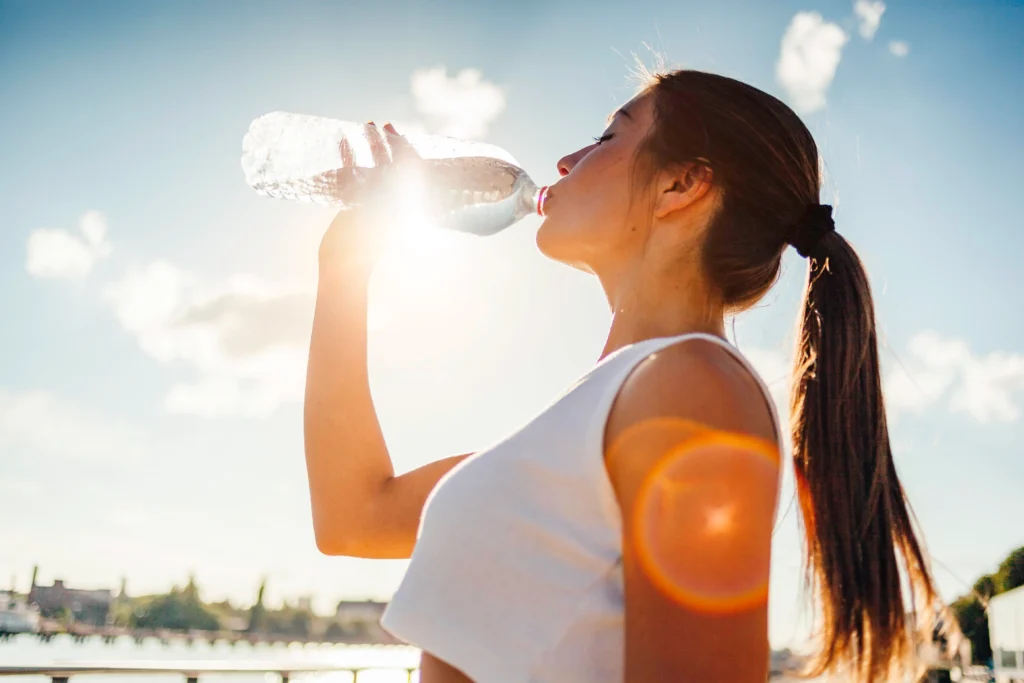
Staying hydrated is essential for maintaining overall health and well-being, including the health of your skin. When your body is adequately hydrated, it can efficiently perform vital functions, such as regulating body temperature, flushing out toxins, and delivering essential nutrients to your skin cells. Dehydration, on the other hand, can lead to dry, dull, and flaky skin, making it more susceptible to damage from environmental factors like the sun.
To ensure proper hydration, aim to drink at least eight glasses of water per day, or more if you’re physically active or in hot weather. Additionally, incorporate hydrating foods into your diet, such as fruits and vegetables with high water content, like watermelon, cucumbers, and oranges. Herbal teas and coconut water are also excellent hydrating options.
By prioritizing hydration, you can help maintain the elasticity, suppleness, and resilience of your skin, reducing the risk of dryness, premature aging, and other skin issues. Remember to listen to your body’s thirst cues and drink water regularly throughout the day to support optimal skin health.
10. Set a Sun Safety Example
Setting a sun safety example involves practicing and promoting healthy sun protection habits to inspire others to do the same. By consistently wearing sunscreen, seeking shade during peak hours, and wearing protective clothing and sunglasses, you demonstrate the importance of safeguarding your skin from harmful UV radiation.
Additionally, educating others about the risks of sun exposure and encouraging them to adopt sun-safe behaviors further reinforces the message of sun safety. Whether you’re spending a day at the beach with friends or enjoying outdoor activities with family, taking proactive steps to protect your skin sets a positive example for those around you. Ultimately, by leading by example, you contribute to a culture of sun safety awareness and help reduce the incidence of skin cancer in your community.
Conclusion
prioritizing sun protection is paramount for safeguarding our skin and reducing the risk of skin cancer. By following the ten essential tips outlined in this guide, individuals can take proactive steps to shield themselves from the harmful effects of UV radiation. Wearing broad-spectrum sunscreen daily, seeking shade during peak hours, and wearing protective clothing and sunglasses are crucial habits to adopt for sun safety.
Additionally, avoiding tanning beds, checking the UV index, and performing regular skin checks can further mitigate the risk of skin cancer. Staying hydrated and setting a sun safety example for others are also important aspects of maintaining skin health. Ultimately, by incorporating these sun protection measures into our daily routines and promoting sun-safe behaviors within our communities, we can enjoy the outdoors safely while preserving the health and beauty of our skin for years to come. Remember, sun protection is not just a seasonal concern—it’s a year-round commitment to skin health and overall well-being.

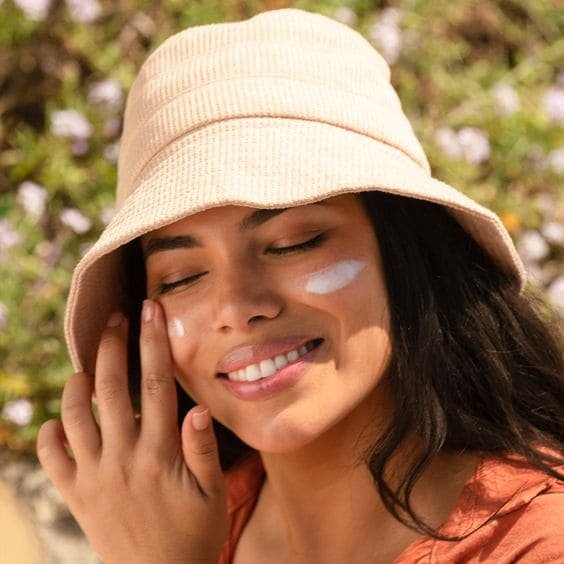
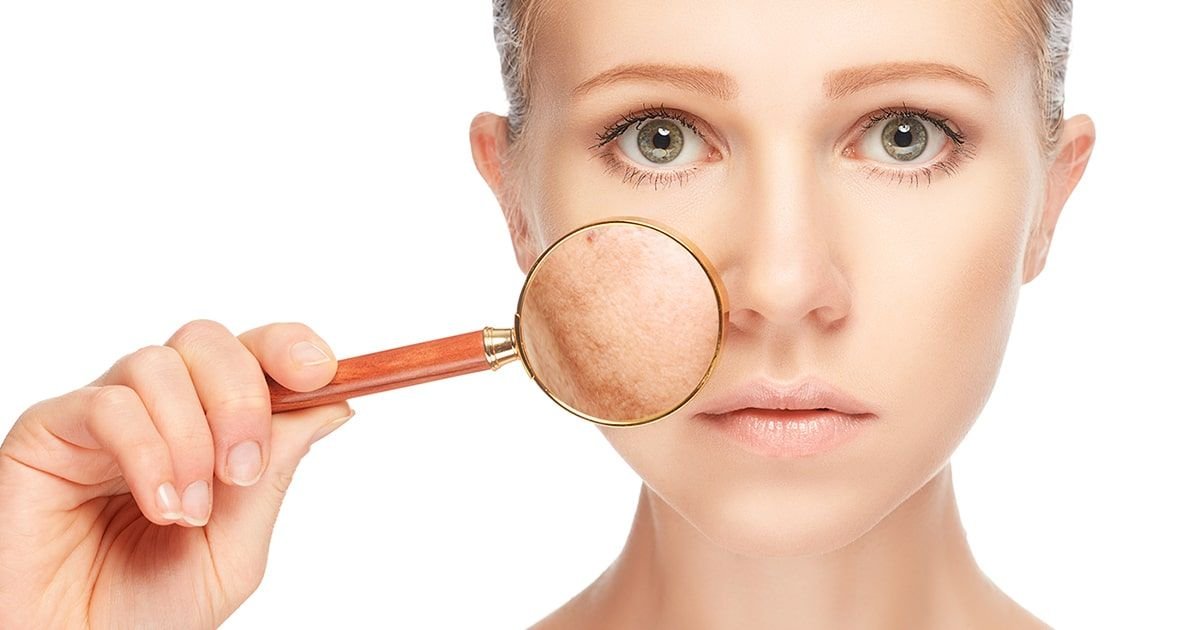
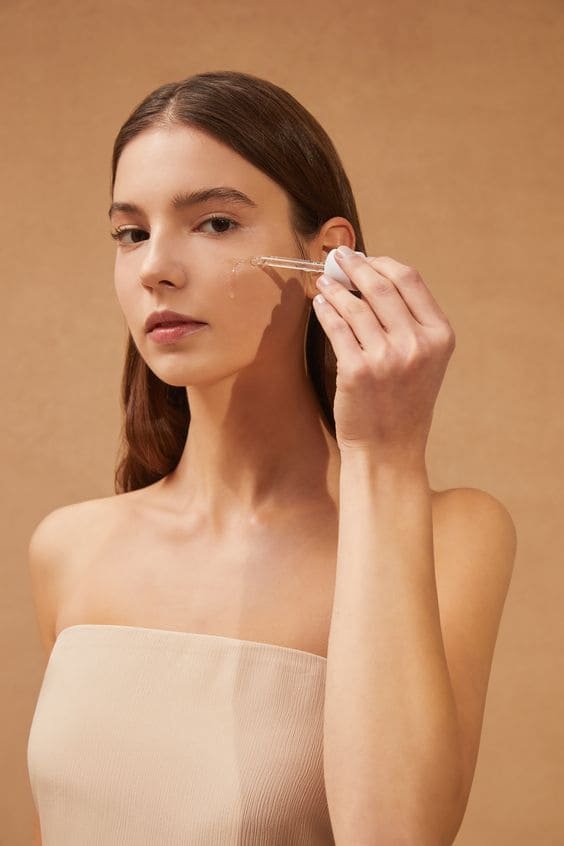
Leave a Reply